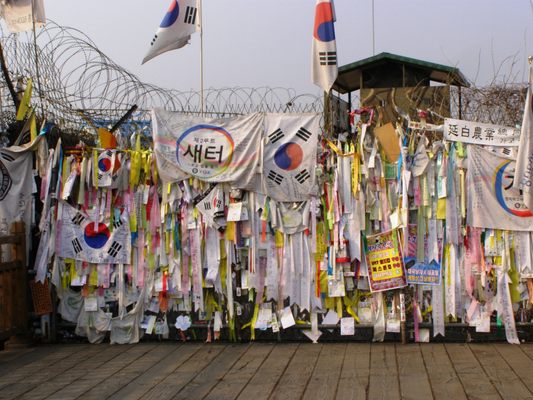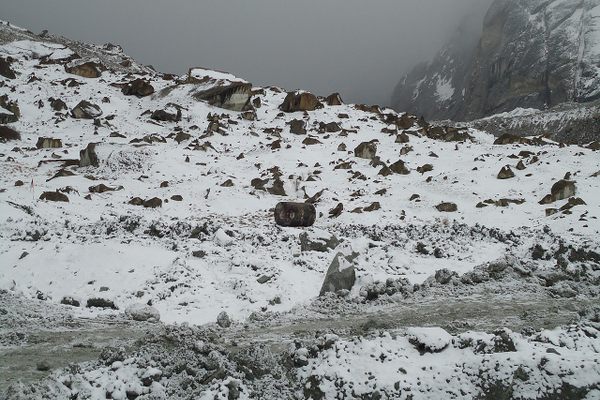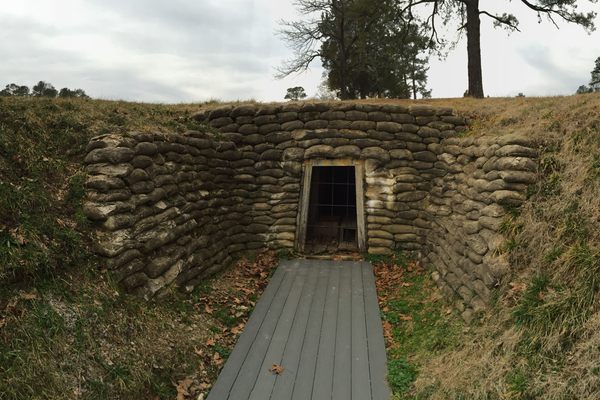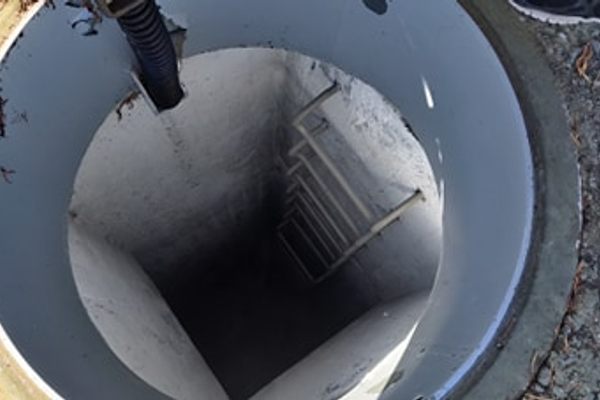About
On July 27, 1953, an Armistice was signed, in practice ending the bloody three year Korean War. As part of the agreement, a Demilitarized Zone (DMZ) was created, which has since become the most heavily militarized border in the world. Snaking across the 38th parallel, the border continues to be a point of conflict in a war where no peace treaty was ever signed.
Since 1966, there have been many skirmishes in and around the zone. There have been various attempts at infiltration and several tunnels have been discovered, although both sides deny any knowledge of them. Perhaps the most famous conflict was the Axe Murder Incident in 1976, when two American officers were killed by axes they had been using to chop down a poplar tree in the DMZ that had been blocking the view of a UN observation post. Fortunately, the incident failed to escalate into full scale warfare and a monument was placed on the site in 1987.
Since then, skirmishes have become more infrequent and the area is now considered safe enough for organised tours, which include visits to an observatory, one of the infiltration tunnels, a military base, the village of Panmunjeon and the Joint Security Area in the middle of the DMZ.
The area around the blue negotiation rooms (pictured) has a large contingent of grim soldiers staring at each other, as well as state of the art cameras cascading over all of the visible land. Outside, and in the general area, the ground is inundated with land mines, tank barriers, and other such niceties.
At the DMZ, curiously, South Korean troops hide half of their body behind walls and corners. Though initially it looks quite silly, the overbearing and serious environment dictate battle readiness. The soldiers are in fact hiding half of their bodies to minimize damage when the bullets start flying, but keeping one eye on the enemy.
The area has also become home to a large population of wildlife, which are thriving without a human population to compete against.























































